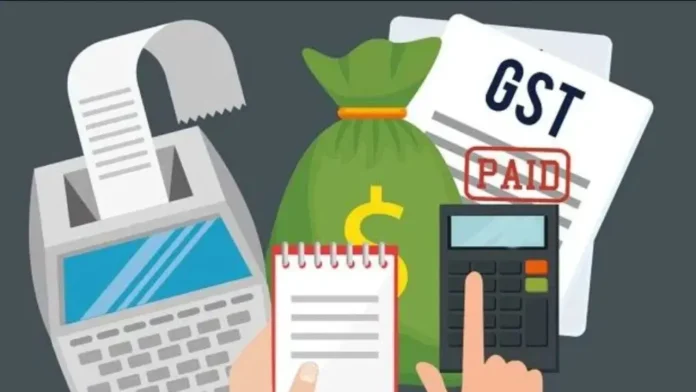The government is going to make a big change in GST. There is a proposal to eliminate the 12% tax slab and shift it to 5% or 18%. The PMO has approved it and the final decision can be taken in the next meeting of the GST Council. This will simplify the tax system and give impetus to the economy. New rates will be implemented after the consent of the states.
There is going to be a big change in the country’s tax system. It is reported that the government is preparing to abolish the 12% slab in GST (Goods and Services Tax). The Prime Minister’s Office (PMO) has given the green signal to this big change. According to a report in the Economics Times, this will be the first such big step after eight years of GST implementation. A final decision on this can be taken in the next meeting of the GST Council. This meeting can be held in August after the monsoon session of Parliament. Come, let us tell you what will happen with this change and how it will affect you.
What is the plan for change in GST?
According to the report of Economics Times, a proposal to remove the 12% tax slab will be put forward in the next meeting of the GST Council. Currently, there are five main slabs in GST – 0%, 5%, 12%, 18% and 28%. Apart from this, there are two special slabs of 0.25% and 3% for bullion like gold and silver. The proposal is to abolish the 12% slab and shift the goods included in it to the slab of 5% or 18%. This is an attempt to make the tax system easier.
The Finance Ministry has started talks with the states to implement this change. The aim of the ministry is to convince all the states for this reform. The GST Council takes decisions related to indirect tax, and this proposal will be discussed in its next meeting.
Why is this change necessary?
Experts say that the aim of this change is to reduce the tax slab and simplify the GST processes. This will provide relief to businessmen and things can also become cheaper for customers. Currently, 21% goods come in the 5% slab, 19% goods in the 12% slab and 44% goods in the 18% slab. Only 3% goods are in the highest 28% slab. With the end of 12% slab, most of the goods will either go to 5% or 18%, which will make the tax structure more clear.
For some time now, the industry has been demanding changes in GST. Businessmen say that the current slabs and processes are complex, which causes them problems. Many MPs have also raised problems related to GST in Parliament and have pointed out the need to resolve them.
The economy will get a boost
Senior government officials believe that further simplification of GST will give a new impetus to the economy. An official said, “The tax structure has now stabilized and the economy is in a strong position. This is the right time to make changes.” The government is working on a free trade agreement with many countries. In such a situation, there is an effort to give full benefit to local industries by simplifying GST.
It is worth noting that after the implementation of GST, a compensation cess was imposed on certain items, such as cigarettes and vehicles, along with 28% tax, to compensate for the losses suffered by the states. This arrangement was till June 2022, but later it was extended till March 2026. This was done so that the interest and principal of the loan of Rs 2.69 lakh crore taken by the states during Kovid could be repaid. The GST Council has formed a separate group of ministers, which will decide how the money left in the cess fund will be used.
When will the new rates be implemented?
If the GST Council approves this proposal, the new rates can be implemented soon. However, the consent of all the states is necessary for this. The Finance Ministry is working rapidly in this direction. Also, there are preparations to change the Income Tax Act, the bill of which can be presented in the monsoon session.
EPFO News: Will interest be paid on EPF even after retirement, know what the rules say

















